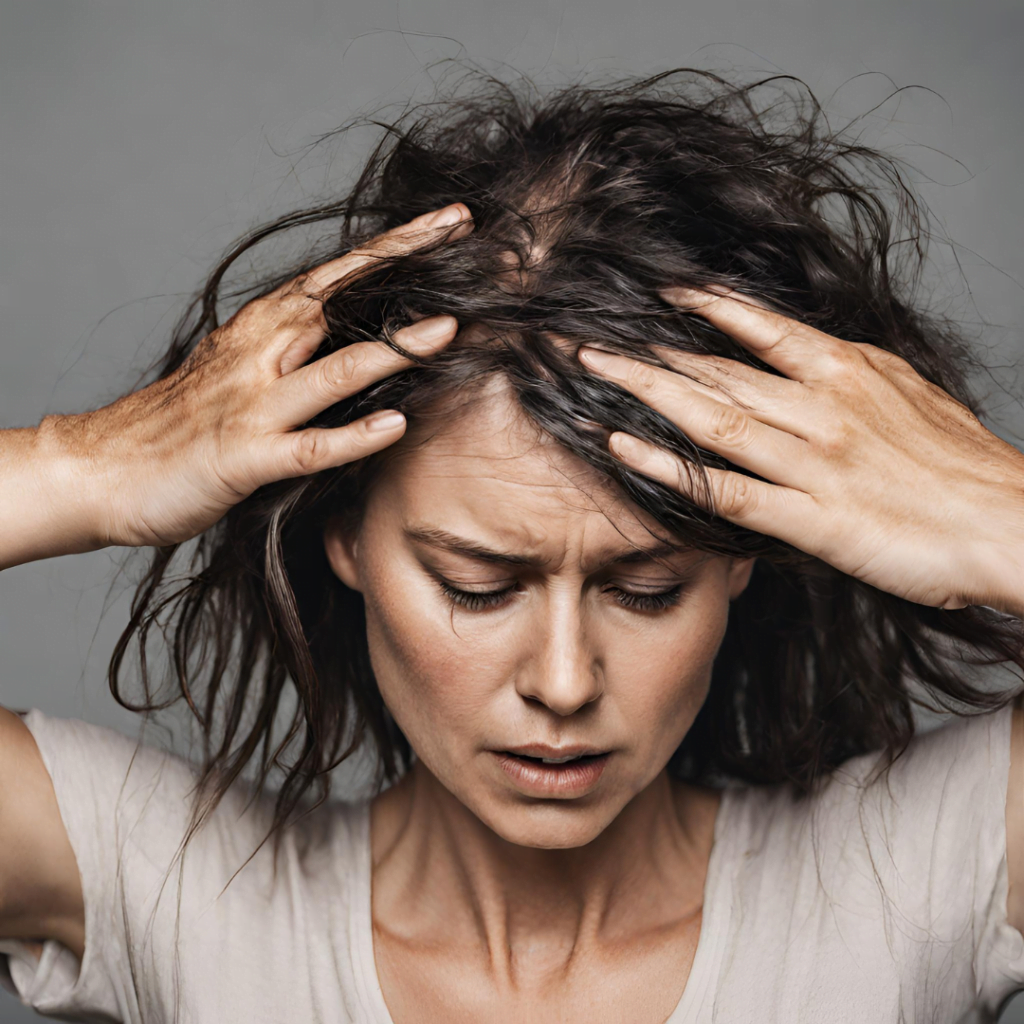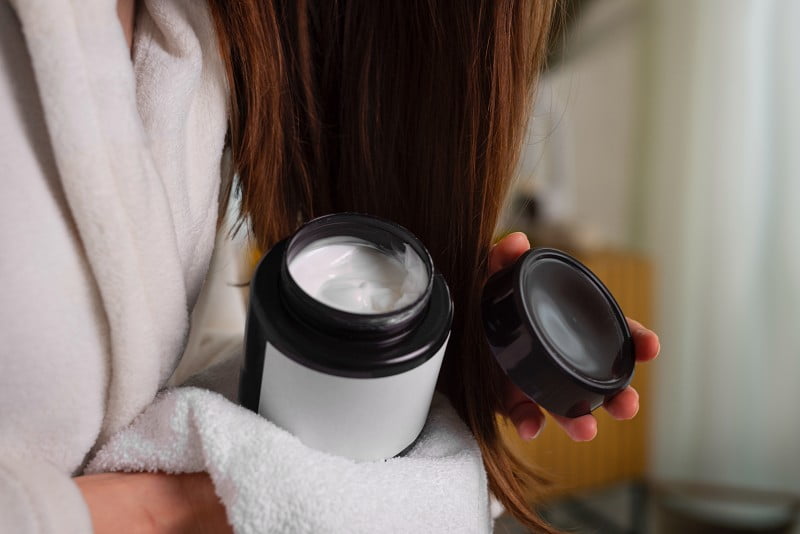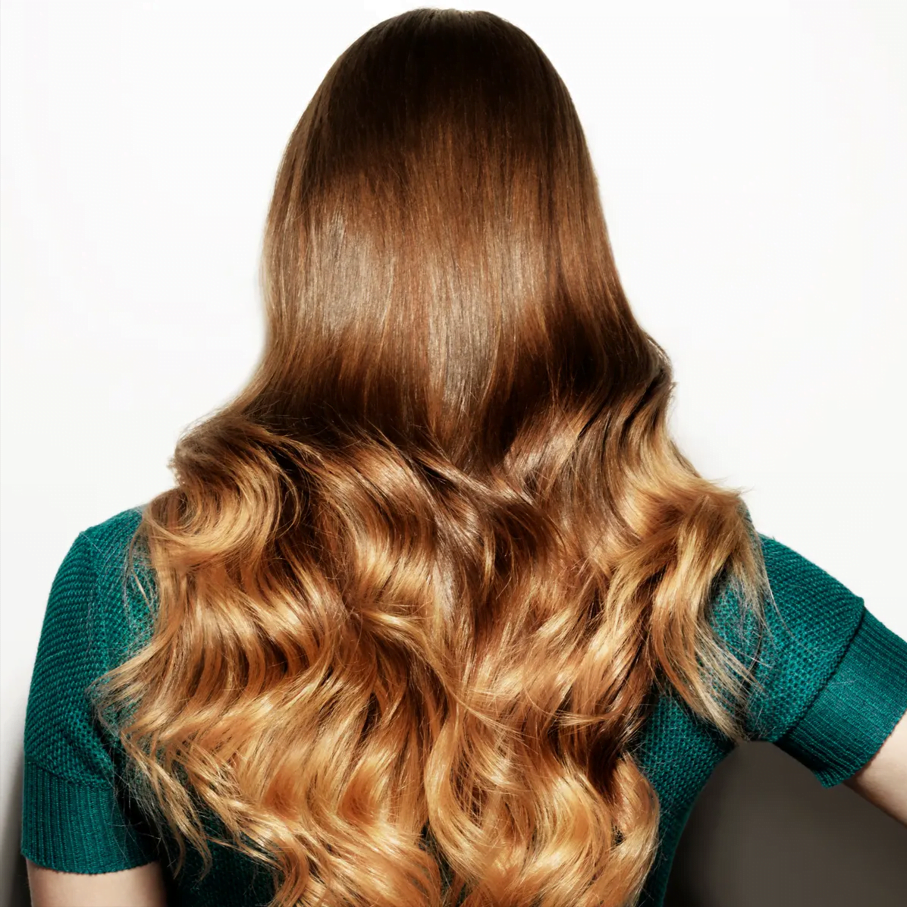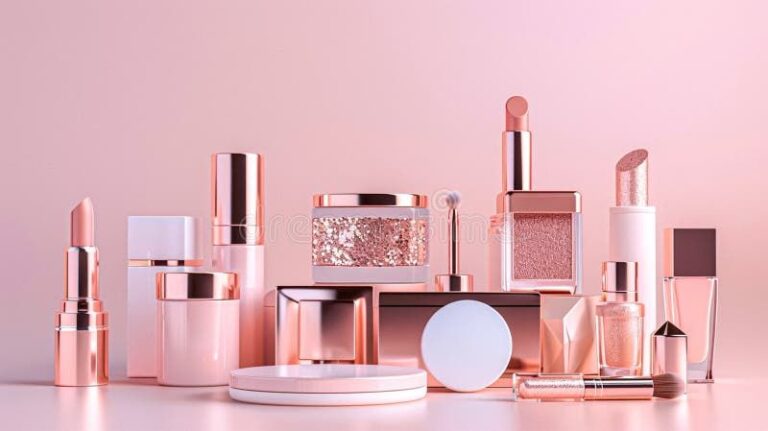Exploring the Roots of Oily Hair Woes

Having oily hair can be a real hassle. Have you ever washed your hair in the morning, only to notice that your scalps start to accumulate oil at midday resulting in flat oily hair? How about when you wash your hair and night, and wake up to sweaty oily hair in the morning. Oily hair is also a major contributor to hair loss. https://thehighlightermy.com/wp-content/uploads/2023/06/batch_iQIYI-partners-GrabFood-Malaysia-to-launch-first-ever-branded-variety-show-5-Star-Hunter-Bersama-GrabFood-1.jpg delves into the issues surrounding oil hair and how you can combat the problem.
What Causes Oily Hair?
Understanding Overactive Sebaceous Glands and Hormonal Influences
Oily hair can be a persistent challenge, often stemming from various factors. One major contributor is the overactivity of sebaceous glands on the scalp. These glands produce sebum, a natural oil vital for hair moisturization. However, imbalances due to genetics, hormonal changes, or irregular oil production regulation can lead to excessive sebum production, resulting in oily hair.
Dissecting Hair Care Habits
Another significant factor is the hair care routine. Harsh shampoos and infrequent washing can disrupt the natural oil balance. Over-washing strips the scalp of its natural oils, prompting increased oil production. Conversely, infrequent washing allows oil to accumulate. Striking the right balance is crucial for maintaining a healthy scalp.
The Impact of Environmental Elements
External factors, including humidity and pollution, play a role in oily hair. Humidity triggers increased oil production, while pollution contributes to scalp impurities, affecting overall oil balance. Understanding these root causes is crucial for effective solutions.
Exploring the Secrets to Taming Oily Hair

Buying a shampoo for oily hair
When seeking a solution for oily hair, the choice of shampoo becomes pivotal. Opting for shampoos with specific ingredients can make a substantial difference. Look out for these key ingredients below when shopping for your shampoo.
1. Tea Tree Oil: Nature’s Oil Regulator
Tea tree oil, renowned for its antibacterial and antifungal properties, aids in unclogging hair follicles and regulating oil production. Shampoos containing tea tree oil are effective in controlling excess oil.
2. Citrus Extracts: Nature’s Astringents
Lemon, grapefruit, or orange extracts possess astringent properties that cut through oil and clarify the scalp. Shampoos with these extracts leave hair feeling refreshed and less oily.
3. Salicylic Acid: The Exfoliating Wonder
Commonly found in anti-dandruff shampoos, salicylic acid exfoliates the scalp, removing excess oil and preventing the buildup of dead skin cells. It’s a versatile ingredient beneficial for oily hair.
While combating oiliness, it’s crucial to avoid harsh shampoos that strip too much oil. Opt for gentle, clarifying shampoos with the right ingredients to maintain a healthy oil balance. Uncertain about the ideal shampoo for your oily hair? Explore our comprehensive guide here, highlighting the top 5 recommended shampoos for oily hair.
The Not-So-Friendly Ingredients: Shampoos to Avoid

1. Heavy Moisturizers: Grease Magnets
Shampoos with heavy moisturizers like shea butter or coconut oil, while excellent for dry hair, can be overly hydrating for oily hair, making it greasier.
2. Silicones: Glossy but Greasy
Silicones create a smooth finish but lead to product buildup, weighing down the hair and making it look oilier. Look for silicone-free shampoos.
3. Sulfates: Harsh Cleaners
While effective at removing oil, sulfates can be harsh and strip the scalp of natural oils, triggering increased oil production. Opt for sulfate-free shampoos.
4. Parabens: Hormonal Disruptors
Some studies suggest that parabens, commonly used as preservatives, may disrupt hormonal balance, affecting oil production. Choose paraben-free shampoos.
5. Thickening Agents: Volume vs. Oil Control
Shampoos with thickening agents may make oily hair appear fuller. Opt for lightweight shampoos designed for oily hair.
Always check shampoo labels for ingredients, and opt for products specifically designed for oily or clarifying purposes. Sulfate-free and silicone-free formulas are often gentler.
Holistic Approaches: Lifestyle and Hair Care Practices for Oily Hair Management

- Frequent Washing: Striking the Right Balance
Washing hair regularly is essential to remove excess oil. However, striking a balance is crucial to avoid overwashing, which can prompt increased oil production. Aim for washing every 1-2 days or as needed.
- Use Lukewarm Water: Temperature Matters
Opt for lukewarm water instead of hot water when washing hair. Hot water can stimulate oil production, while cooler water helps maintain a healthy oil balance.
- Proper Conditioning: Focusing on Ends
Conditioner application close to the roots can contribute to excess oil. Focus on the ends to moisturize without adding to the oiliness.
- Avoid Touching Your Hair: Minimizing Oil Transfer
Touching hair with hands can transfer oils and dirt. Minimize touching throughout the day to maintain a cleaner scalp.
- Blotting Strips or Dry Shampoo: On-the-Go Solutions
Keep blotting strips or dry shampoo for quick oil absorption. These products refresh hair without a full wash.
- Choose the Right Hairstyles: Preventive Measures
Hairstyles that keep hair away from the face, such as ponytails or braids, can prevent oil transfer. Avoid tight styles that stimulate oil production.
- Balanced Diet: Nourishing Your Scalp
A well-balanced diet contributes to overall scalp health. Ensure adequate nutrients for healthy hair and prevention of excess oiliness.
- Manage Stress: Addressing Hormonal Influences
Stress can contribute to hormonal imbalances affecting oil production. Practice stress management techniques for a healthier scalp.
- Regular Haircuts: Managing Oiliness
Regular trims help manage oiliness. Long hair can distribute oil evenly, while shorter styles may feel less oily.
- Choose Oil-Free Products: Opting for the Right Styling
Select styling products labelled as oil-free to prevent added oiliness. Choose products designed for hold without excess oil.
Embarking on the Journey to Healthy, Oil-Free Hair
Understanding the root causes, choosing the right shampoo ingredients and adopting healthy hair care practices are essential steps toward achieving a balanced and nourished scalp. By incorporating these tips into your hair care routine, you can bid farewell to excess oil and welcome healthier, more vibrant locks. Embrace the journey to hair confidence, and let your tresses shine with vitality. For persistent issues, consult with professionals for personalized advice.
By Nur Maisarah Putri
You Might Like









